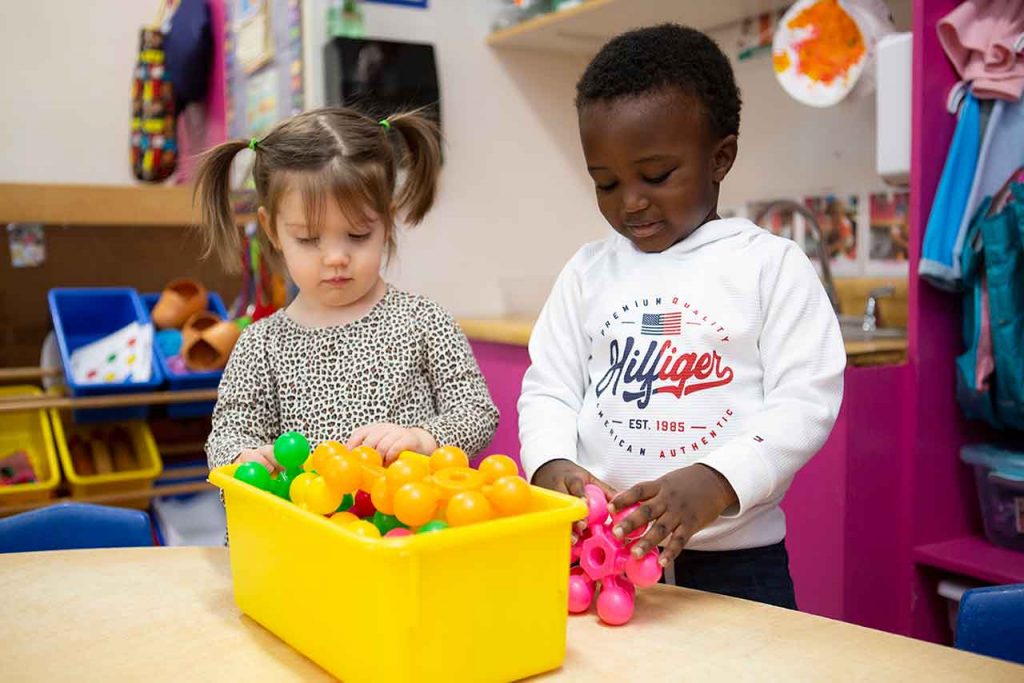What We Know So Far
Between Spring 2019 and Spring 2022, AEII completed observations in over 2000 early childhood classrooms across the Commonwealth. Observers measured the quality of teacher-child interactions using a standardized, research-based observation protocol. These observations helped inform how AEII and our partners across the Commonwealth worked together to strengthen early learning experiences for all children.

What the Data Show
Key Strengths
Initial observations indicated that the majority of observed classrooms provided strong emotional support and children’s time and attention were organized in a way that facilitated learning.
Room for Growth
The majority of Virginia’s early childhood classrooms fell below the state’s threshold for strong instructionally supportive interactions promoting children’s thinking and problem-solving skills.
Comparing the Data
These findings, especially the lower scores in instructional support, are similar to what is seen at a national level in other state-funded preschools and Head Start programs.
A Focus On Professional Development
A focus on high-quality professional development makes a difference
The initial data captured in Virginia’s early childhood classrooms indicated a need for a broad and comprehensive strategy that improves interactions and instruction. Our strategy focuses on teacher-child interactions by providing free, data-driven professional development resources to early childhood educators. This way, Virginia’s investments can maximize positive benefits for teachers and children across the Commonwealth.
Hear the Stories
Hear how teachers and children benefitted from effective professional development and high-quality learning through AEII Coaching (2021-2024).
How we Support Quality ECE
See the resources AEII provides to support intentional teaching practices and high-quality teacher-child interactions.

